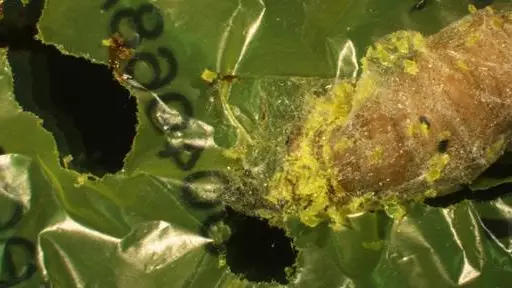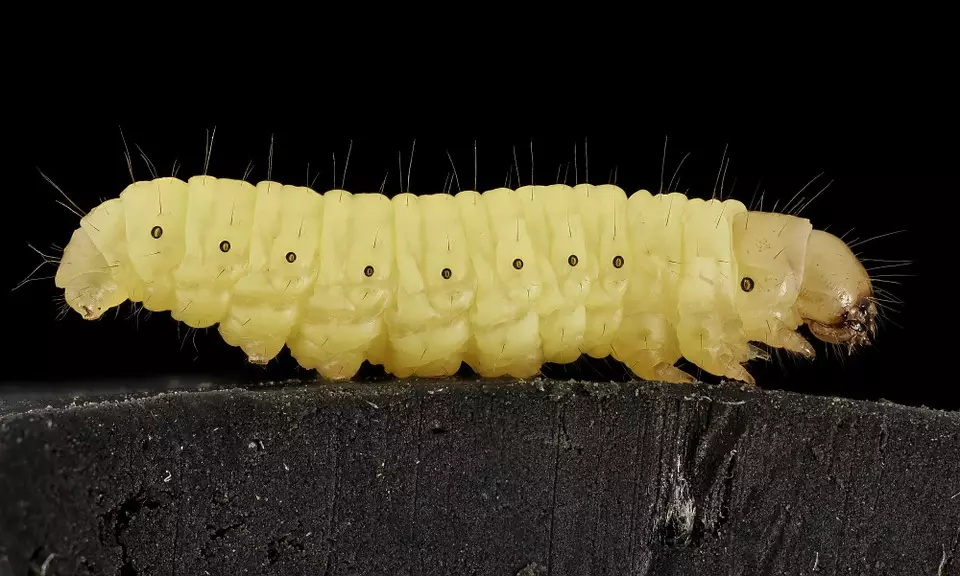
Plastic garbage is one of the world's biggest environmental headaches as, unlike other biodegradable beings and objects, it doesn't just shrivel-up and disappear over time.
Some plastic items like water bottles and shopping bags can last for hundreds of years after being disposed, with all this plastic rubbish disrupting ecosystems and disturbing the habitats of wildlife.
There have been several initiatives to help curb plastic production, but researchers may have found a natural way to get rid of the products.
Advert
Wax worms - which are confusingly classed as caterpillars - are the honey bee's worst nightmares, as they lay their eggs inside their hives. Amateur beekeeper Federica Bertocchini decided to use plastic bags to protect the hives, however she was dumbfounded when she discover the insects were able to eat holes into the sides of the bags.

Credit: Pixabay
Advert
The beekeepers surprising findings sparked a study. Bertocchini, from the Spanish National Research Council, teamed up with scientists from Cambridge University to perform some tests.
When the team put about one hundred wax worms into a standard UK plastic shopping bag, they began feasting. After about 12 hours they'd eaten roughly 92 milligrams of the bag.
In the grand scheme of things this isn't a huge amount, but it's a hell of a lot faster than other natural ways. Last year, researchers found a specific type of bacteria could eat plastic, but at a rate of 0.13 milligrams a day, making this is a massive jump in the search for a natural way to dispose of plastic.
The team is still not 100 percent sure how the worms do what they do, but they're heralding this as an important first step to tackling pollution.
Cambridge's Paolo Bombelli writes in science journal Current Biology: "The caterpillar produces something that breaks the chemical bond, perhaps in its salivary glands or a symbiotic bacteria in its gut. The next steps for us will be to try and identify the molecular processes in this reaction and see if we can isolate the enzyme responsible.

Credit: Cambridge University
"If a single enzyme is responsible for this chemical process, its reproduction on a large scale using biotechnological methods should be achievable. This discovery could be an important tool for helping to get rid of the polyethylene plastic waste accumulated in landfill sites and oceans."
Luckily, while that team works out the answer, plastic manufacturers have found a way to make their products much more environmentally friendly. There are three types of environmentally friendly plastics: bioplastics (which are made from corn starch), biodegradable plastics (which break down quicker) and recycled plastic.
Hopefully with these innovations - and with the help of a little caterpillar - we will edge closer to a society that is less harmful to the environment.
Featured Image Credit: Cambridge UniversityTopics: Environment